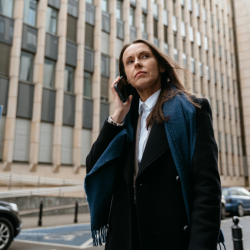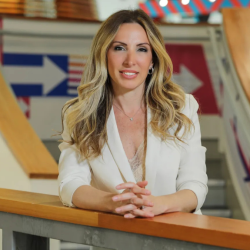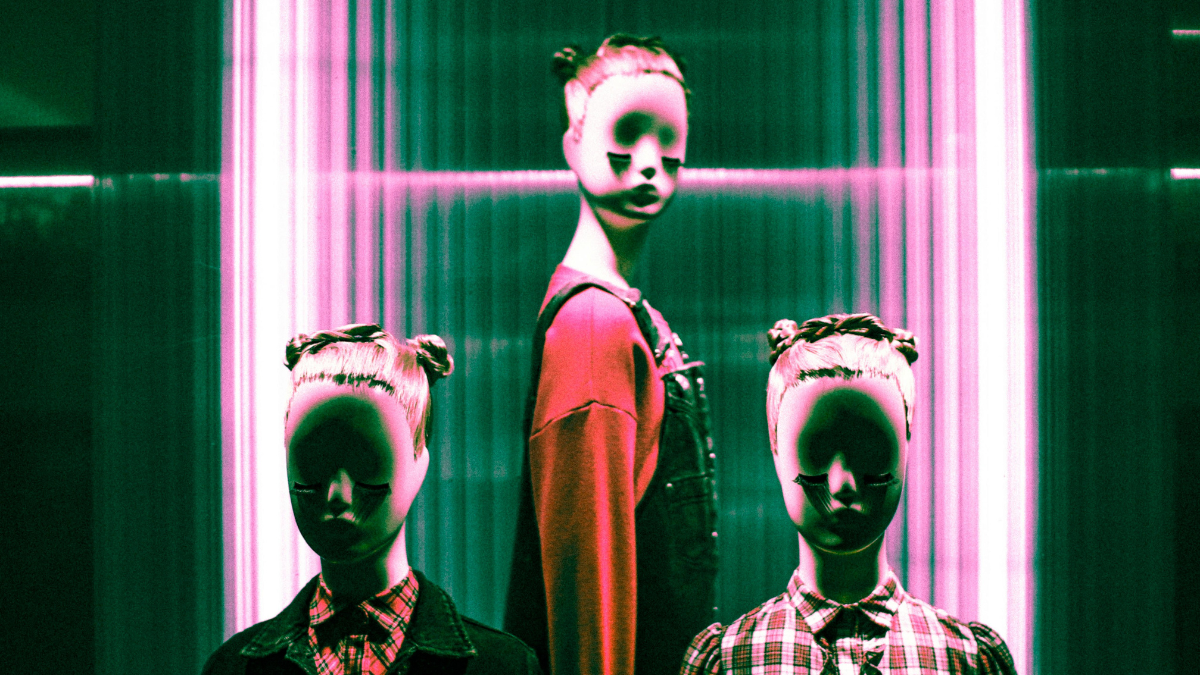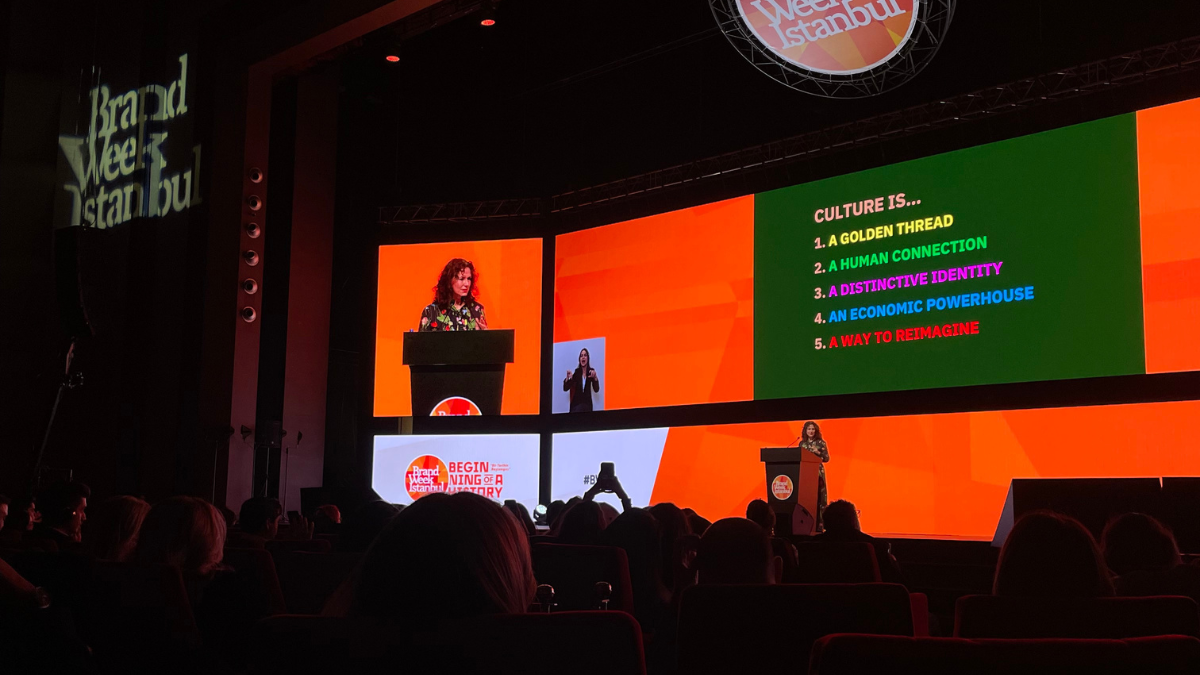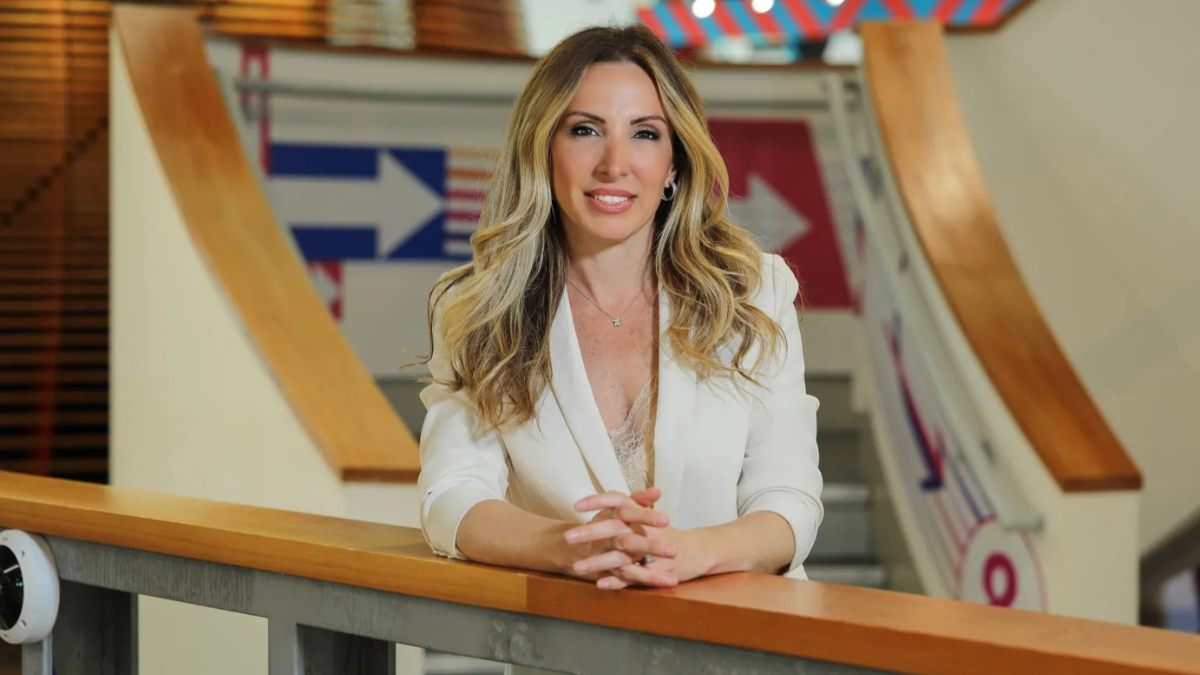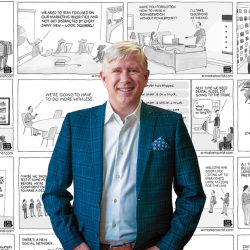Have you heard about the Lipstick Index? It’s the idea that people (and especially women) splurge on little luxuries when economic times are rough. The theory doesn’t always hold true and may actually be a clever marketing ploy from Estee Lauder rather than an accurate socio-economic indicator. Still, when there’s something in the air, some hard to pin down sense of change or unrest, it is absolutely true that the percolating collective restive spidey-sense is reflected in and makes its way to our habits as consumers — of everything from media and entertainment to fashion and beauty.
(Side note from my soapbox: this is why cultural insight is so important for brands.)
Right now, I’m finding myself drawn to the weird and absurd, the ethereal and the dreamlike. And I’m not alone. Casual conversations with friends and recent pop culture hits align around and in praise of weirdness. There is an undeniable surrealism to daily life these days — both here in the UK and certainly back in the United States, my country of birth.
Surrealism and fashion have a long relationship
Maybe it’s unsurprising then to note the presence of surrealist auteurs at September’s fashion weeks. I’ve been watching with relish as Cole Escola becomes a darling of the fashion world. Escola is a comedian, actor, and singer who wrote and is currently starring in Oh, Mary! on Broadway. The play defies categorisation, though comedy feels the closest genre for the absurd, emotional, and hilarious piece. Escola, too, thrives in the in-between spaces, including in their fashion choices, which range from androgynous suiting to debutante formalwear.
At New York Fashion Week earlier this month, Escola co-hosted Thom Browne’s spring 2025 dinner, before making their runway debut at the Presley Oldham show at The Standard Hotel.
Escola puts forth a kind of grounded surrealism that forgets to apologise; they famously claimed to have done no research whatsoever before stepping into the titular role of Mary Todd Lincoln. Yet the play has achieved not only cult but popular success — touching, amusing, and perplexing audiences in perfectly equal measures.
It’s notable that, at this September’s fashion weeks, the weird and the absurd were seen less on the runways themselves, and more in the choices and aesthetics of attendees (also front row at New York Fashion Week were surrealist comedians-turned fashion icons Julio Torres (creator of the delightfully bizarre Fantasmas) and SNL’s Sarah “Squirm” Sherman).
The embrace of Escola’s brand of endearing weirdness speaks to a broader move toward welcoming surrealism into our lives as a way of managing the bizarre nature of the world we inhabit. If we stop to examine recent film, television, fashion, and even consumer goods, we can see absurdism all around us — normalised by the rising weirdness of daily life. Surrealism is no longer the provenance of elite fashion houses like Loewe and Schiaparelli — consciously or not, it’s for everyone.
Featured image: Bence Lengyel / Pexels



